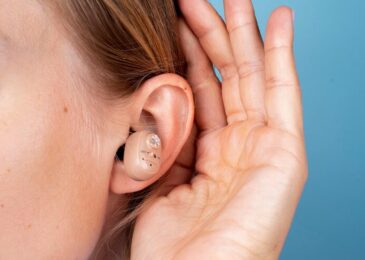Everybody knows it has something to do with sunscreen but what exactly is SPF? And what does it mean for sun protection?
What is SPF?
SPF stands for sun protection factor. It is a measure of how long sunscreen is able to protect you from UVB rays and the fraction of the UV rays that reach the skin.
For example, a sunscreen that is labelled ‘SPF 15’ means that only 1/15 of the radiation will reach your skin if you have applied the sunscreen correctly.
According to the experts at House Call Doctor, the effectiveness of sunscreen can be calculated by the amount of time it usually takes for a person to burn, multiplied by the SPF rating of the sunscreen they are wearing. If you begin to burn after 10 minutes, wearing an SPF 15 sunscreen means that a sunburn of the same severity will not occur for 150 minutes.
What do the different SPF ratings mean?
The higher the SPF rating, the smaller the fraction of UVB rays reaching your skin. SPF 30 only allows 1/30 of UVB rays to reach your skin and SPF 50 allows 1/50.
However, it is important to note that sunscreens with higher SPF ratings do not protect your skin any longer than a sunscreen with a lower SPF, only the fraction changes. Therefore, it is important to continually re-apply all sunscreens as directed, usually every two hours.
SPF is not a perfect measure of skin damage because it only measures the damage of UVB rays on the skin, not UVA. UVB rays are responsible for the reddening and pain associated with sunburn.
UVA damage is invisible but contributes equally to skin damage and aging. Traditionally, sunscreens provided little protection from UVA rays but more recently ‘broad spectrum’ sunscreens have become available to better help protect against UVA.
How does sunscreen work?
Simply, sunscreen has two main parts – an active ingredient and the emulsion used to spread it around the skin. The active ingredient is what protects skin from the sun and contains UV absorbers and UV reflectors.
The UV absorbers work by absorbing UV radiation and converting it into a very low level of heat while the UV reflectors absorb and then scatter UV radiation.
The second part of sunscreen, the emulsion, is the lotion or cream which carries the active ingredient.
When to use sunscreen
As sunscreens can differ, it’s important to know the best time to apply the first layer of sunscreen and when to reapply, depending on the type you use.
Approximately 20 minutes before heading outdoors, layer on sunscreen across all areas of your body including arms, legs, shoulders, neck, face and back. While some sunscreens recommend reapplying every 2 hours, it can be better to do so every 20-30 minutes to ensure you have adequate coverage.
It’s also important to apply the correct amount of sunscreen, instead of too little. A simple way to understand how much sunscreen to use is approximately a teaspoon per limb and an extra teaspoon for your face, front and back.





